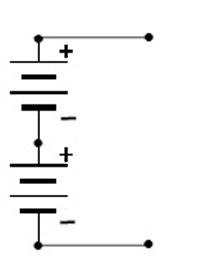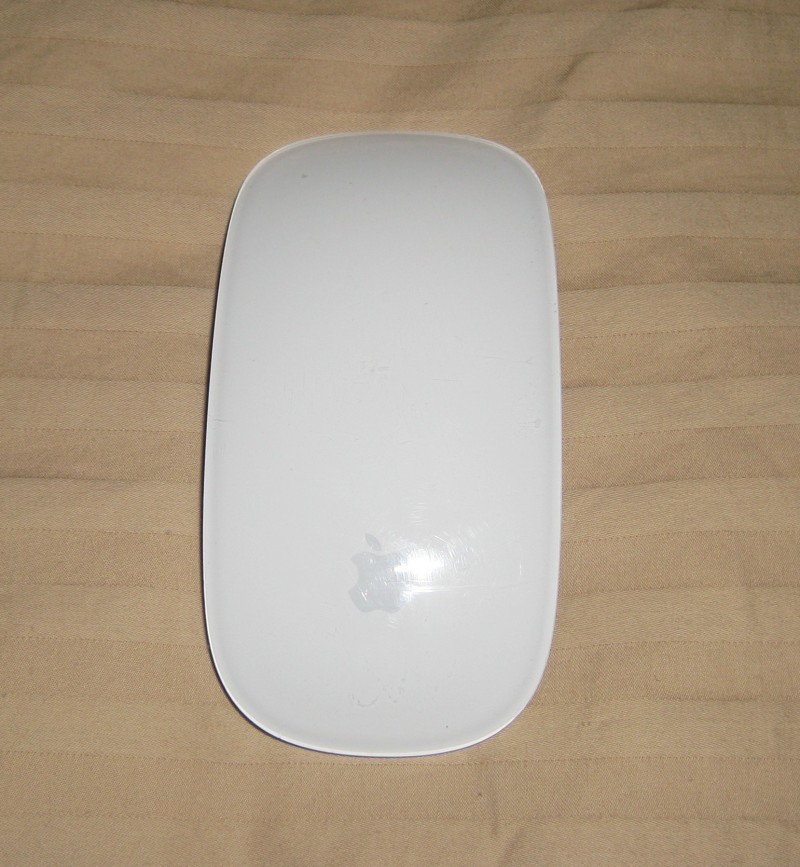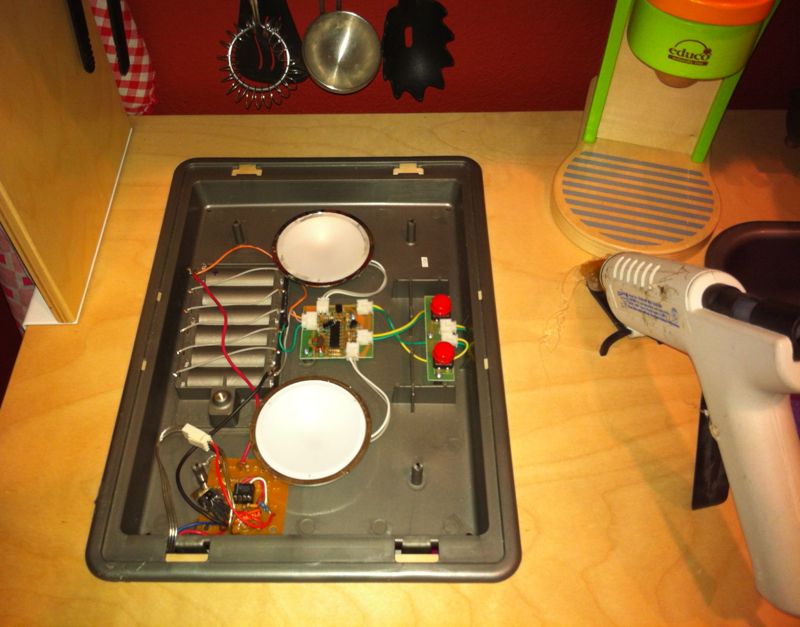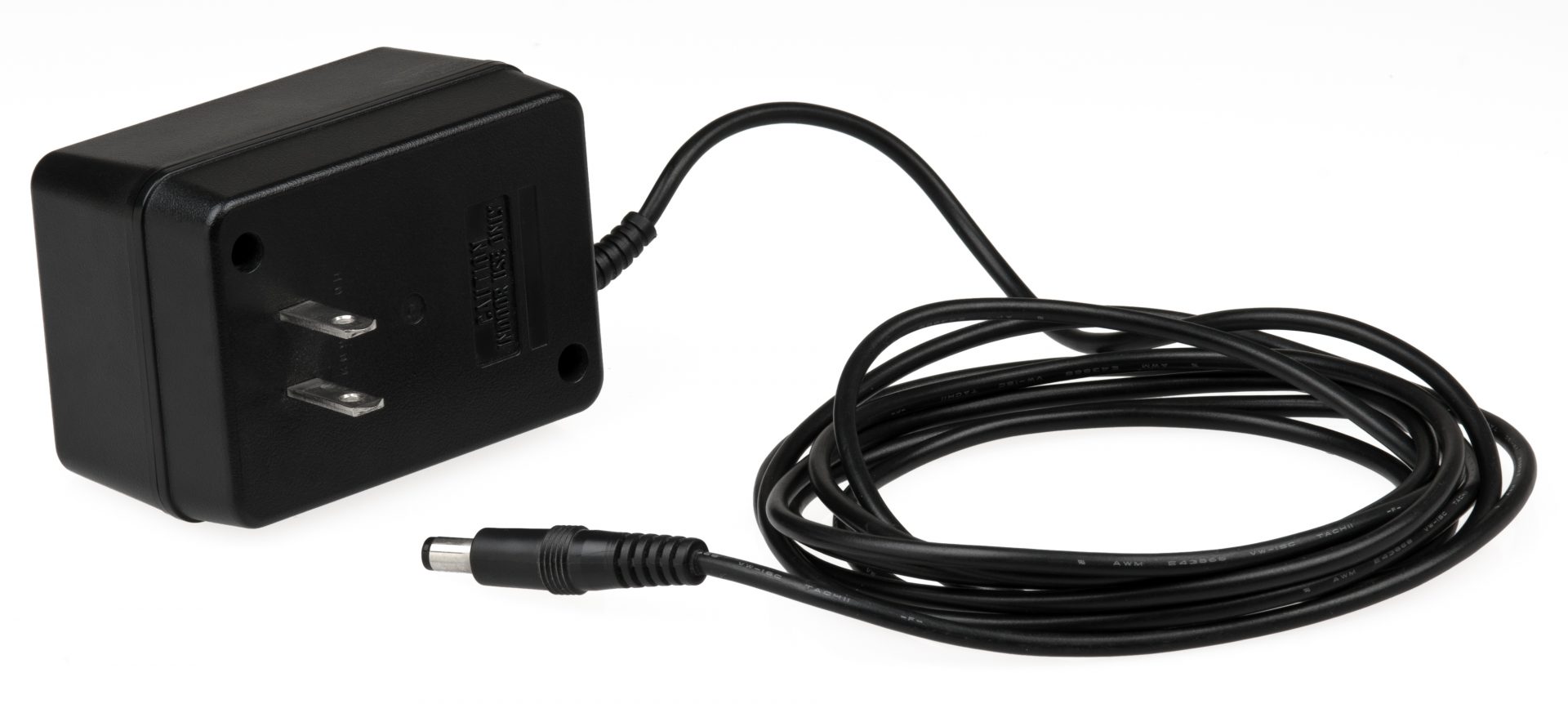As an engineer, I feel I have a good pulse on design esthetics. Though I’m only of lowly electrical persuasion and not industrial, I can still appreciate me some good ergonomics. For example, take a good look at the following picture of my Apple Magic Mouse:
The picture shows the bottom side of the mouse, with the battery cover off. Notice anything unique? No? The battery cover is off for a reason. Note that the two AA batteries are each in the same orientation. That is no accident.
Think of every battery-operated piece of consumer electronics you own or have owned. Probably a lot of equipment, I’m sure. Now think of how the batteries were aligned inside them? That’s right, they were in an alternating alignment, such that the positive terminal of one battery was physically closest to a negative terminal of the adjacent battery. Why?
Because this sort of arrangement has everything to do with the electrical engineer and nothing to do with the end user. It facilitates an easier printed circuit board layout, not a more logical consumer experience. From the customer’s perspective, the alternating battery arrangement seems rather arbitrary or pointless. Why wouldn’t the batteries be aligned in a more pleasingly symmetric manner?
The reason an engineer would align the batteries the way they have for eons is all about polarity. Most battery power supply circuits require at least +3V for the internal regulation. Double-A and Triple-A batteries both have a nominal voltage of +1.5V. Therefore — stay with me here — the batteries must be in series in the circuit rather than parallel 1.

Again, what does any of that have to do with the user? Nothing! I’m reminded here of the wonderful book The Inmates are Running the Asylum. In it, Alan Cooper talks about software programmers’ tendency to add as many features as possible in the absence of good management regulation. All these complicated features result in clunky user interfaces and, hence, bad user experiences.
The same principle applies to hardware design. Though engineers may be tempted to design with their own goals and esthetics in mind, they must constantly weigh those against the expectations and experiences of the end user. Otherwise, what’s the point? After all, products are made for users. Apple’s design esthetic is a model for all engineering companies.
Footnotes
- In a series circuit, the current remains constant, while the voltage is additive (for batteries) and voltage drop across passive components is composite, equal to the sum total of the battery input






Actually that is very interesting! Of course, it doesn’t hurt that you have a love-affair with anything Apple makes…
You’re just jealous that the Android platform (and open source community at large) is more splintered and inconsistent.
This is why I love Apple. They have that great attention to detail, which makes me feel valued as a customer. Love this post, Rob. I found it very accessible to a non-engineer. 🙂
Ah thanks. Glad it made sense.
I’ve been inconvenienced by non-intuitive batteries my whole life and never thought how wrong that was. It should always be about the user.
Not to rain on your Apple parade, but Logitech has been doing this with their mice for years. 😛 Regardless, I think it’s awesome. It’s one less thing to think about when interacting with the product.
Hmm, I’ll have to check my old MX Revolution mouse to verify. Props to them for good design as well.
Funny how everytime I read/find something new about Apple they keep surprising me. Its amazing how they care about the smallest of the detail of their products, seriously, that battery thing is just amazing.
I think Apple should be an example to every industry in the world, all that care with the consumer is really paying of as they barely can keep up with the demand for their products and have a great image to the consumer.
great post